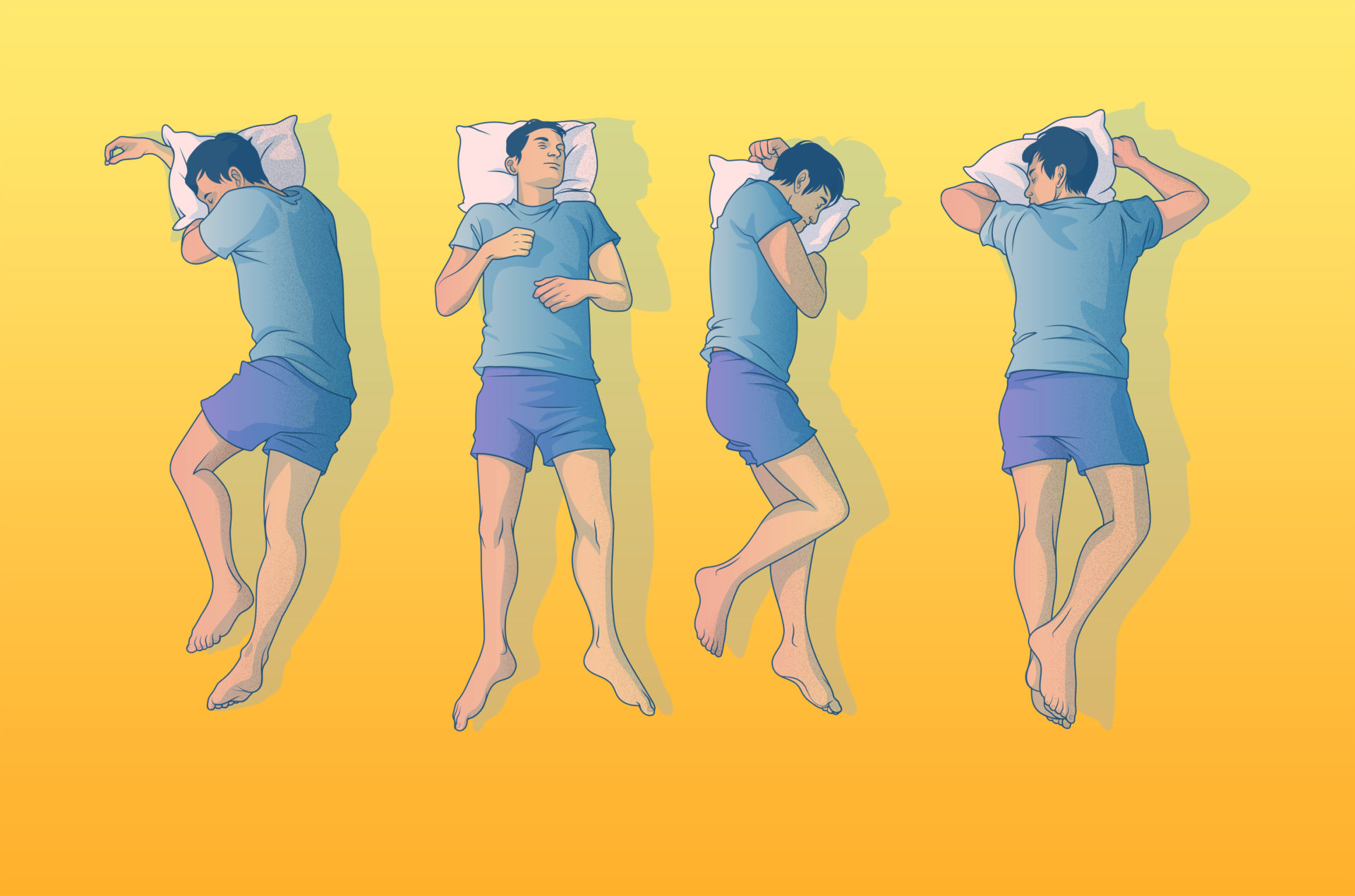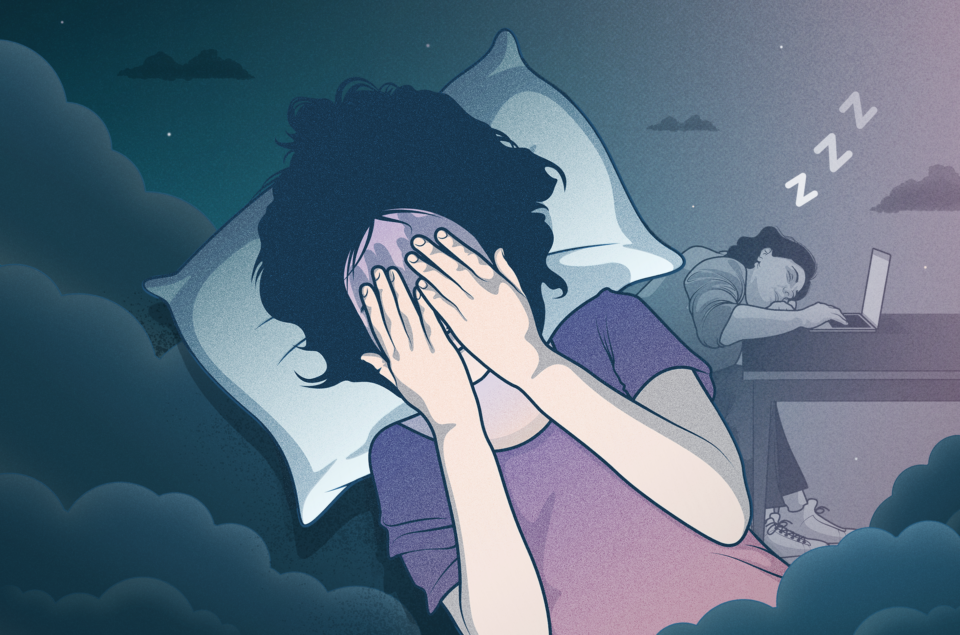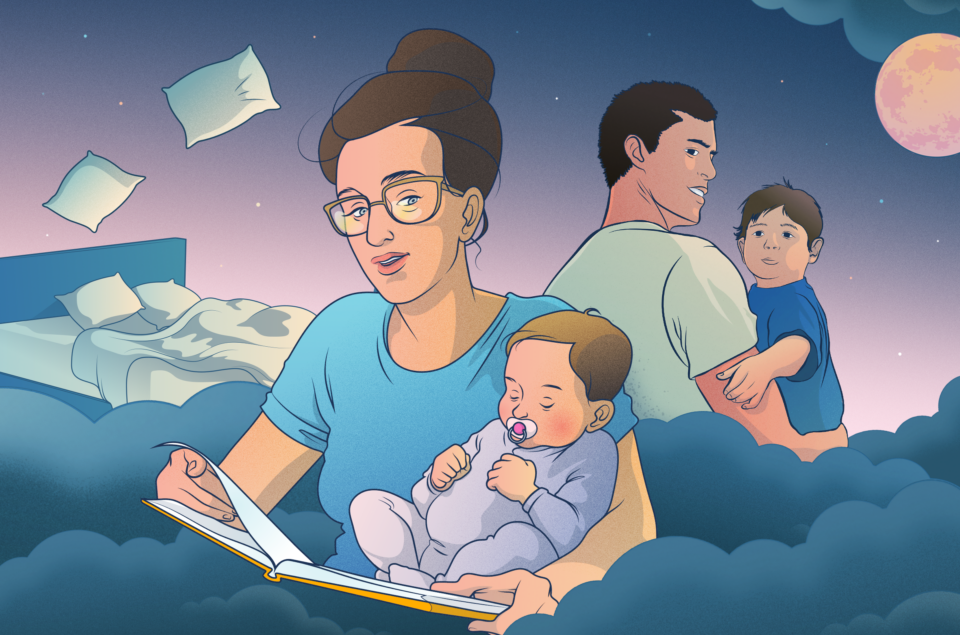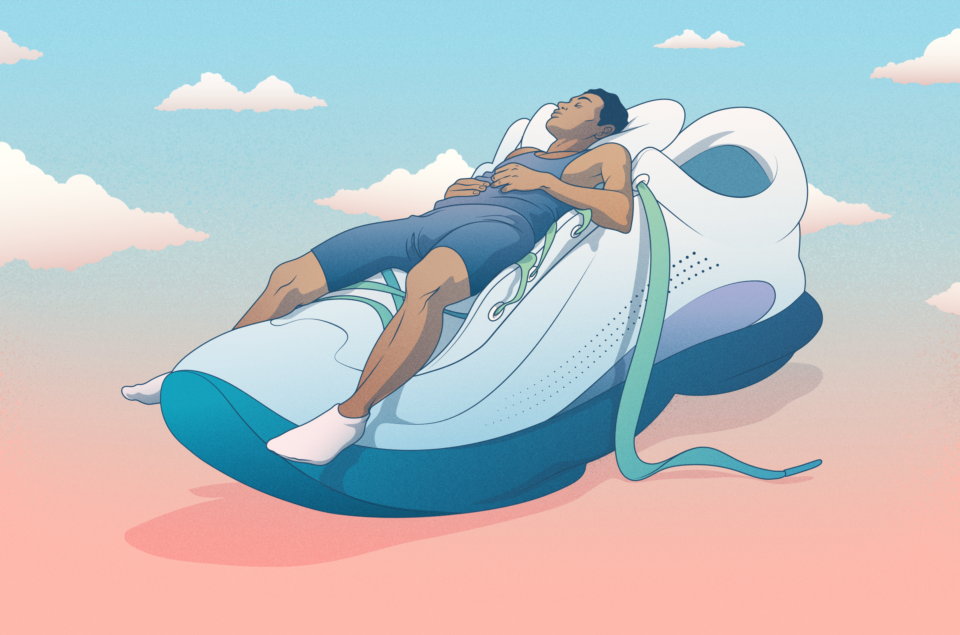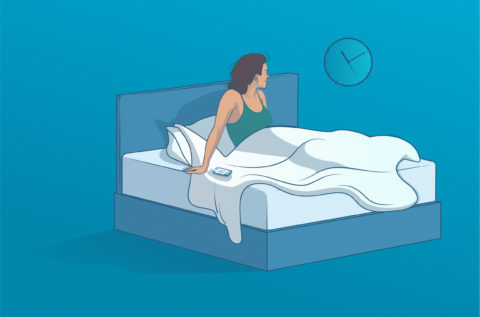Sleep is misunderstood. There’s an overwhelming amount of information about sleep both online and offline. Some of it is good, but some of it is confusing and unhelpful. Some of it is just plain inaccurate. Whether or not you are currently struggling with sleep, it can be helpful to understand what normal sleep looks like so you aren’t putting pressure on yourself to sleep in a way that might not be normal or even appropriate for you.
So, let’s dive into this topic so that you have an accurate understanding of “normal” sleep.
- What does a normal sleep cycle look like?
- Do we really need 8 hours of sleep?
- How do I know if I’m getting enough sleep?
What does a normal sleep cycle look like?
Sleep is made up of two different types of sleep — Rapid Eye-Movement (REM) sleep and Non-Rapid Eye Movement (NREM) sleep. Adults will typically spend most of their sleep in NREM sleep, which ranges from very light sleep to deep sleep.
Once we have gone through the process of falling from lighter to deeper sleep, we’ll typically move into REM sleep. This type of sleep is associated with dreaming, and during this period of sleep, our brains show activity levels similar to quiet wakefulness.
Our sleep will cycle between NREM and REM sleep throughout the night in sleep cycles that start with NREM sleep and end with REM sleep.
- In the first half of the night, we tend to spend more time in NREM sleep and in the deepest stage of NREM sleep. In other words, we get pretty much all of our deepest sleep in the first half of the night. This means that after just a few hours of sleep, our body has likely got all the deep sleep it needs.
- In the second half of the night, we tend to spend more time in REM sleep and the lighter stages of NREM sleep.
When we are sleep deprived, the body will prioritize deep sleep and REM sleep. This is probably why we can be remarkably productive and reasonably energetic after a day (or more) of very little sleep. In other words, the body is able to compensate for sleep loss all by itself. Since we are cycling between lighter and deeper sleep throughout the night, it makes sense that we are going to wake a few times during the night — often during the lighter stages of sleep.
Being awake is part of sleep too
Falling asleep isn’t the equivalent of flicking an off switch — we don’t suddenly go from being awake to being asleep, and when we are asleep we aren’t “switched off”.
It takes time to fall asleep. A typical adult can expect to fall asleep somewhere between 10 and 30 minutes after getting into bed. Very few of us fall asleep as soon as our heads hit the pillow — and if we do, this suggests that we are excessively sleepy.
Sleep pressure builds the longer we are awake. When we sleep, this pressure is reduced. When sleep pressure is low, we are more likely to wake and not fall back to sleep, because that drive to sleep is no longer as intense as it was at the start of the night.
How much light sleep is normal?
Light sleep makes up the largest stretch of the sleep cycle. On average, we spend 60% of our sleep between stages 1 and 2.
How much deep sleep is normal?
On average, about 10-20% of our sleep is deep sleep. So if you sleep 8 hours every night, 1-2 of those are deep sleep (around 20-40 minutes in every sleep cycle). However, our body needs less deep sleep as we age.
How much REM sleep is normal?
On average, about 20-25% of our sleep is REM sleep. So if you sleep 8 hours every night, approximately 2 hours of those are REM sleep. The initial REM sleep phase lasts only about 10 minutes, but the ones that follow become longer and longer. That’s why staying asleep throughout the night is key to getting the REM sleep you need.
Do we really need 8 hours of sleep?
You probably don’t need eight hours of sleep. We all have an individual sleep requirements. Some of us might only need five hours of sleep. Some of us might need six. Others, seven. Yes, some people might need eight hours — but they would be in the minority.
Nobody knows where the suggestion we should all be aiming for eight hours of sleep came from. One theory is that it may have come from the idea that a day should be split into thirds — one-third is to be spent working, one-third is to be spent on recreation, and the remaining third is reserved for sleep. An expert panel has since then backed the idea of the recommended 7-9 hours of sleep based on reviewing research studies about sleep duration and key health outcomes such as cardiovascular disease, diabetes, pain and depression.
Typical sleep cycle patterns change throughout our lives, too. As we get older, we generally get less sleep — average sleep durations fall to around six-and-a-half hours between the ages of 55 and 60, while a healthy 80-year-old will typically sleep around six hours each night, according to the IQWiG (Institute for Quality and Efficiency in Health Care).
All sleep duration guidelines and recommendations are based on averages — and, by definition, this means that there will always be people who are outside these averages and still living happy and healthy lives.
- The World Health Organization puts the average height of a woman at 163 cm and the average height of a man at 176.5 cm. Does this mean that women taller or shorter than 163 cm have something to worry about, or that men taller or shorter than 176.5 cm have something to worry about? Probably not.
- An article written by Germany’s Institute for Quality and Efficiency in Health Care (IQWiG) found that the average person sleeps about seven hours each night around the age of 40, while an expert panel of sleep experts gathered by the National Sleep Foundation in the United States recognized that just six hours of sleep might be appropriate for adults between 26 and 64 years of age.
How do I know if I’m getting enough sleep?
If you feel refreshed after a night’s sleep and are able to get through your day without feeling sleepy or excessively tired, you are probably getting enough sleep regardless of the number of sleep hours.
We have very little control over our sleep. We cannot make ourselves fall asleep on command. We cannot make ourselves get a certain amount of sleep. We cannot control how much time we spend in each stage of sleep. Ultimately, the more we try to control sleep and the more we strive for sleep, the more difficult sleep can become.
This is another reason why it’s helpful to understand what normal sleep looks like — because when we are able to recognize that sleep duration varies from person to person, that being awake is a normal part of sleeping, and that the body compensates for lost sleep by itself, we can remove any pressure we might be putting on ourselves to sleep.
Moreover, sleep quantity is also affected by sleep quality. 8 hours of poor sleep is not necessarily as healthy as 6 hours of good sleep. To check out your sleep quality, do a quick assessment on your current sleep patterns:
- How do you feel when you wake up?
- Do you wake up multiple times at night?
- How long does it take you to fall asleep?
- Do you feel energized and alert throughout the day?
In order to answer all these questions, track your sleep patterns and get a good overview of what normal sleep means to you:
About the author:
My name is Martin Reed. I’m the founder of Insomnia Coach. If you have insomnia, I offer sleep coaching programs that will give you all the skills and support you need to enjoy better sleep for the rest of your life. I am also a certified clinical sleep health educator (CCSH), an affiliate member of the American Academy of Sleep Medicine, a certified health education specialist (CHES®), and an ACE-certified health coach and behavior change specialist.
